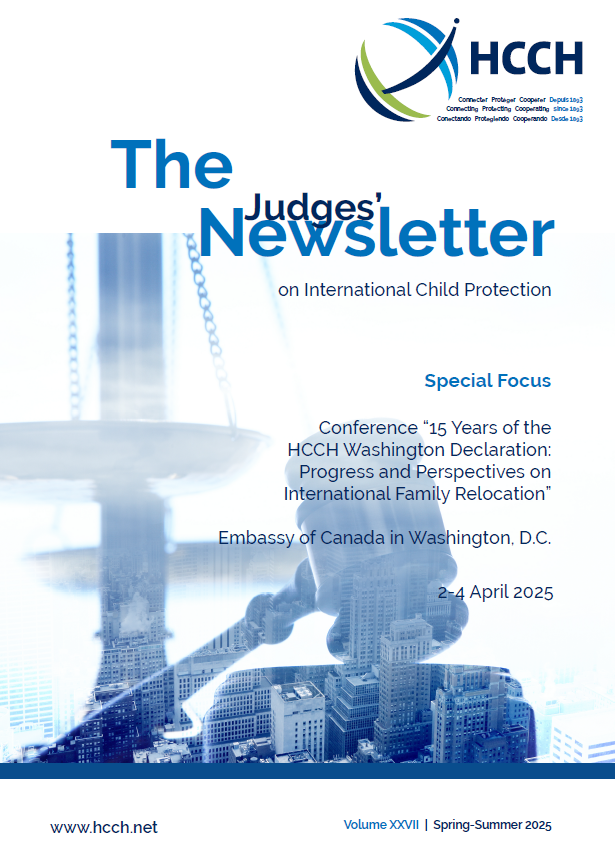BOOK REVIEW BY PROF. EMERITUS DR. WERNER MENSKI
- anilmalhotra1960
- May 10
- 3 min read


The high degree of complexity of Indian family laws makes it advisable and often necessary, in many law-related scenarios, to seek competent professional legal help when problems arise. Matters have become much more complicated in recent decades, as many millions of Indians are now living abroad. Thus, a growing number of legal cases arise nowadays in the complex field of private international law, where conflicting perspectives are frequently an issue and may aggravate the dispute. Where then does one go for competent advice?
As an academic who played a role in training such experts and honing their skills, I am always very happy to see evidence that my former students have become prominent professionals. In the present case, the IAFL Fellow Anil Malhotra and now his son Ankit enter the picture. Their splendid, detailed book becomes the centre of attention as a collection of nine major sections covering all important areas of family law, as well as citizenship and passports, domicile, remedies for foreign nationals and the enforcement of foreign decrees. The book covers matters related to Hindus and Muslims and also pays attention to the specific laws of Goa, Diu and Daman, many of whose people now live abroad. Importantly, it contains relevant material on all major topics related to children, such as guardianship, adoption and surrogacy. As a leader of the legal profession in such fields, specialising in private international law matters, Anil Malhotra has published numerous books, mainly on family law topics, property-related issues and the laws of citizenship and passports, as well as an important book in 2020 on ‘Global Indians and the Law’, together with Ranjit Malhotra.
Having studied law in India and then advanced his knowledge in the mid-1980s through a postgraduate LLM degree at the University of London, where our paths crossed, he has become a prominent figure in specialist professional circles. In fact, this book indicates that there are now efforts underway to secure that the next generation will also be involved in this field. Ankit Malhotra, who is the most recent LLM Felix Scholarship holder to have completed the degree at SOAS, University of London, has played a full role as co-author of this book.
Important studies on various kinds of Indian family laws used to be written, already decades ago, by prominent academics such as Professor Paras Diwan or Professor Tahir Mahmood. But also a few practitioners with some academic inclination are participating in this market. For Anil Malhotra, this has been a very propitious journey, allowing him to display his skills as a senior lawyer in the field of international family justice as well as an expert writer. And one needs expertise, if one ventures this far. Apart from the increasing footprint of global Indians, the complexities of contemporary domestic Indian family law are truly mind-boggling. Additionally, the country’s rich legal history regains relevance from time to time when more protracted disputes make it necessary to go back in time to trace relationships and resulting entitlements and obligations.
The notable fact that India has not brought in a Uniform Civil Code in all these years since 1947 tells a story not only about the strengths of the individual personal law systems, which to some extent follow Indian individuals as they move abroad. It also teaches us that many legal reforms have been introduced along the way that have, in fact, harmonised the provisions within the various personal laws with each other, so that there is no need any more for the abolition of personal laws and their replacement by a supposedly uniform secular legal order. In all of this, the Indian courts retain a core function as decision makers, well aware of the mandate for the Supreme Court under Article 142 of the Constitution to do complete justice. What is clear is that anybody approaching this complex body of rules, processes and values, called collectively Indian family law, will do well to study it carefully to ascertain which components, in any particular case or dispute, are at stake, and may need to be further researched.
Given that more and more Indians have been moving abroad and then –mostly without fully realising it – taking their personal law with them, Indian family law has been gaining wider practical application worldwide. There is much work to be done still, as the writings of the Malhotras explicitly recognise, in legal practice and in legal education, to follow up on all these developments. This book is an extremely useful hands-on practice guide. It will especially help to sensitise young practitioners to the need to know more about Indian family laws, in India itself as well as abroad, and it is warmly welcomed as a practice-focused asset.
*Prof. Emeritus Werner Menski, MA PhD
SOAS, University of London, London, UK



Comments